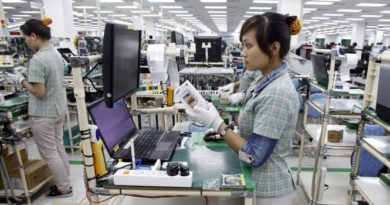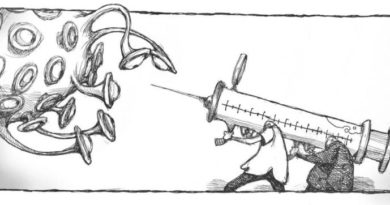OP-ED: Televising lessons to save a school year
The Straits Times says

Televising lessons to save a school year
.
It is a matter of some irony that almost a century after it was invented, and seven decades after it became a broadcasting tool, television is finding fresh form as a medium of education to mitigate the pandemic-related lockdowns in two key Asian nations: Thailand, an advanced middle-income nation that is Asean’s No. 2 economy; and India, a developing nation that hosts Asia’s third-biggest economy after China and Japan. From July 1, when the delayed new academic session starts, Thailand will use pre-recorded lessons broadcast on television, with a complementary online platform, to reach schools in areas deemed not safe to resume classroom lessons.
.
Likewise, India, which has some 800 television channels, a quarter of which offer news and current affairs, will launch 12 new channels for every grade in school to help poor students who cannot access their curriculum over laptops or smart phones. The lessons, in English and Hindi, will run on a 24-hour loop. Ironically, this is a back-to-the-future situation. In the early days of Indian television, when state broadcaster Doordarshan had the monopoly, one of the most popular programmes nationwide was an education feature for farmers that aired in the late evening on weekdays. The government is now targeting 260 million school students, of whom six in 10 attend government schools that do not charge fees.
.
Education for All, launched by the World Bank Group three decades ago to meet learning needs of all by 2015, has turned in mixed results. The pandemic, therefore, is a huge setback for education in poorer countries like India where government education was dismal enough in many states, especially the poorly run ones in the Gangetic heartland. A 2018 Annual Status of Education Report found that one in two students in the 13-14 years age cohort could not do basic division. Even in the world’s No. 2 market for smartphones, many are too poor to afford one. Even in Thailand, a Kasetsart University study showed that two-thirds of students had no computer at home. Thus, television is the next best option.
So governments need to improvise to save their young a precious school year. The two countries have strong traditions of non-governmental organisations participating in various fields and it would behove both governments to tap their experience. Already, telemedicine is developing swiftly in corners of India and there must also be cross-learning available from that experience. Equally, what happens in the two countries can offer insights that could apply to parts of Asean, especially among its Indochinese states. In its time, India’s 1975 launch of its Satellite Instructional Television Experiment for distance education was a beacon. It can help by now lending satellite capacity to other Asian states interested in upping their own distance learning capabilities.
.
Read the latest on the Covid-19 situation in Singapore and beyond on our dedicated site here.
Get The Straits Times app and receive breaking news alerts and more.
.
SIGN UP TO RECEIVE OUR EMAIL
The most important news of the day about the ASEAN Countries and the world in one email: [email protected]












